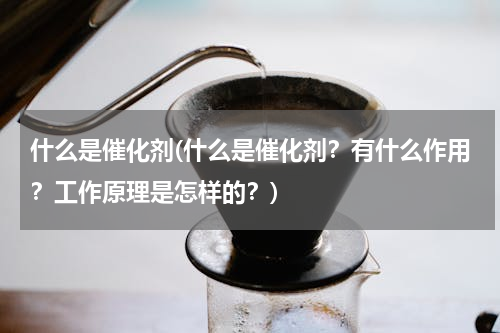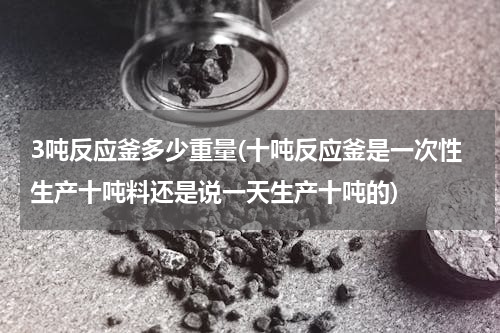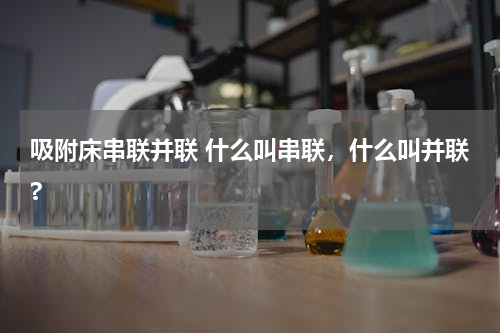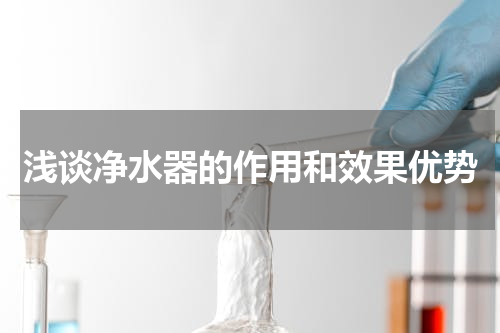大约从1960年起,获得丙烯腈的主要技术路线一直是利用丙烯与氨水和空气的催化反应。反应物只有三种,氧由空气提供,不需要气流作为稀释剂。过高的烯烃是不希望有的,以为它们形成会烦扰纯化步骤的副产物。气体的反应物被预混合和馈送到反应器的底部。Specialsetsofheatexchangersinthefluidbedforreactionheatremovalandsteamgeneration.在流化床中的若干组特殊的热交换器,用于去除反应热和流的发生。
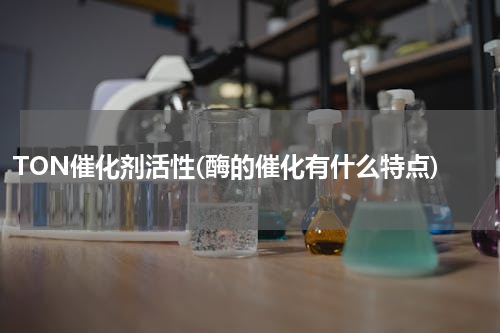
英语翻译
原稿个别地方意思有点不连贯,如有问题可进一步联系。From propylene , ammonia and air montecatini edison’s highly active, low bulk density fluid catalyst gives acrylonitrile at lowest cost
Montecatini Edison 的高活性、低体积密度流体催化剂,以最低的成本从丙烯、氨水和空气获得了丙烯腈。
Giorgio Caporali , Montecatini Edison S.p.A,Milan ,Italy
Giorgio Caporali , Montecatini Edison S.p.A,Milan ,意大利
Since about 1960,the leading route to acrylonitrile has been by catalytic reaction of propylene with ammonia and air。大约从1960年起,获得丙烯腈的主要技术路线一直是利用丙烯与氨水和空气的催化反应。 Montedison’s process was first commercialized in 1968 in their 60,000-ton/year plant. This process has been licensed to Paular CO. in Spain for a 40,000-ton/year plant and montedison is planning another plant for themselves with 100,00 ton/year capacity. Montedison的工艺首先是在1968年商业化的,工厂的生产能力为6万吨/年。这一工艺已经特许给西班牙的Paular公司4万吨/年的工厂中生产,Montedison正在为自己计划另一家1万吨/年生产能力的工厂。
Although modern commercial acrylonitrile process appear similar and produce very pure product ,each is characterized by its own original features:
虽然现代化的商业丙烯腈工艺似乎是类似的,而且生产出很纯的产品,但每一种都有它们自己的固有特点:
Catalyst system and rector technique
催化剂系统和反应器技术
Nature, condition and sequence of recovery and purification step.
回收和纯化步骤的本质、条件和程序
These step and features in the Montecatini Edison process are shown in FIG .1 and other data may be found in the literature.
Montecatini Edison工艺的这些步骤和特点示于图1, 其他数据可以在文献中找到。
RAW materials . There are only three reactants, the oxygen being supplied as air and no stream is repuired as diluent . Technical grade propylene(92-93 percent,the balance being propane ) and anhydrous fertilizer grade ammonia are satisfactory. Higher olefins are undesirable since they make byproducts which burden the purification steps. The there gaseous reactants are premixed and fed to the bottom of the reactors.
原材料。反应物只有三种,氧由空气提供,不需要气流作为稀释剂。技术级的丙烯(92-93%,平衡剂为丙烷)和无水化肥级氨水就能满足要求。过高的烯烃是不希望有的,以为它们形成会烦扰纯化步骤的副产物。气体的反应物被预混合和馈送到反应器的底部。
Reactors. Large size fluid bed catalytic reactors are used which provide:
反应器。采用大尺寸的流化床催化反应器,它具有:
A bottom distribution plate for supporting the catalyst and distributing the gas;
用于支持催化剂和分配气体的底部分配板;
A top set of multiple effect cyclones, with dip legs ,recover and return the catalyst to near the bottom of the reaction zone;
一组顶部的多功能旋流分离除尘器,带有料腿,用来将催化剂回收和返回到反应区的底部。
Special sets of heat exchangers in the fluid bed for reaction heat removal and steam generation.
在流化床中的若干组特殊的热交换器,用于去除反应热和流的发生。
Reaction conditions . Typical reaction condition values are: 420-460。C ; 2kg/cm2 absolute pressure ;feed composition ranging from 6.7-8 vol. percent propylene ,0.2-0.6percent propane,7.5-9percent ammonia,82.5-86percent air (which gives a minimum excess ammonia with respect to propylene and about 50percent stoichiometric excess air); liner gas velocity between 1 and 2 feet per second(based on empty reactor with total inlet gases volume at average operating conditions);and contact time in the order of a few second,e.g.,2to 6 second when gas volume is based as stated above, at the average operating conditions and referred to the volume of the packed catalyst.
反应条件。典型的反应条件值为:420-460℃;2kg/cm2绝对压力;馈给组分的范围为6.7-8体积百分比的丙烯,0.2-0.6百分比的丙烷,7.5-9百分比的氨水和82.5-86百分比的空气(这提供了相对于丙烯的最小过量氨水,和大约50%化学计量的过量空气);1到2英尺/s的线性气体速度(基于空的反应器,在平均工作条件下总的入口气体体积);接触时间在几秒的量级,例如在气体体积以上述为基础,在平均工作条件下,参照包装的催化剂体积时约2到6秒。
Catalyst The catalyst consists of oxygenated compounds of tellurium, cerium and molybdenum supported on a microspheroidal silica carrier. It contains about 20-30wt./wt. percent of active elements and has has a bulk density. The catalyst is presently produced by in facilities near the acrylonitrile plant.
催化剂。催化剂由支持在微球形二氧化硅载体上的碲、铈和钼的氧化混合物构成。它含有大约20-30wt/wt%的活性元素和体积密度。该催化剂目前由靠近丙烯腈工厂的设备中生产。
酶的催化有什么特点
酶作为生物催化剂和一般催化剂相比,在许多方面是相同的。如用量少而催化效率高。和一般催化剂一样,酶仅能改变化学反应的速度,并不能改变化学反应的平衡点,酶在反应前后本身不发生变化,所以在细胞中相对含量很低的酶在短时间内能催化大量的底物发生变化,体现酶催化的高效性。酶可降低反应的活化能(activation energy),但不改变反应过程中自由能的变化(△G),因而使反应速度加快,缩短反应到达平衡的时间,但不改变平衡常数(equilibrium constant)。 酶的催化作用与一般催化剂相比,又表现出特有的特征。 (一)酶催化的高效性 酶的催化活性比化学催化剂的催化活性要高出很多。如过氧化氢酶(catalase)(含Fe2 )和无机铁离子都催化过氧化氢发生如下的分解反应。1 mol的过氧化氢酶,1 min内,可催化5×106 mol的H2O2分解。同样条件下,1 mol的化学催化剂Fe2 ,只能催化6×10-4 mol的H2O2分解。二者相比,过氧化氢酶的催化效率大约是Fe2 的1010倍。 酶催化效率的高低可用转换数(turnover number)的概念来表示。转换数是指底物浓度足够大时,每分钟每个酶分子能转换底物的分子数,即催化底物发生化学变化的分子数。根据上面介绍的数据,可以算出过氧化氢酶的转换数为5×106。大部分酶的转换数在1 000左右,最大的可达106以上。 (二)酶催化的高度专一性 一种酶只能作用于某一类或某一种特定的物质。这就是酶作用的专一性(specificity)。如糖苷键、酯键、肽键等都能被酸碱催化而水解,但水解这些化学键的酶却各不相同,分别为相应的糖苷酶、酯酶和肽酶,即它们分别被具有专一性的酶作用才能水解。 (三)酶催化的反应条件温和 酶促反应一般要求在常温、常压、中性酸碱度等温和的条件下进行。因为酶是蛋白质,在高温、强酸、强碱等环境中容易失去活性。由于酶对外界环境的变化比较敏感,容易变性失活,在应用时,必须严格控制反应条件。 (四)酶活性的可调控性 与化学催化剂相比,酶催化作用的另一个特征是其催化活性可以自动地调控。生物体内进行的化学反应,虽然种类繁多,但非常协调有序。底物浓度、产物浓度以及环境条件的改变,都有可能影响酶催化活性,从而控制生化反应协调有序的进行。任一生化反应的错乱与失调,必将造成生物体产生疾病,严重时甚至死亡。生物体为适应环境的变化,保持正常的生命活动,在漫长的进化过程中,形成了自动调控酶活性的系统。酶的调控方式很多,包括抑制剂调节、反馈调节、共价修饰调节、酶原激活及激素控制等。 (五)酶催化的活性与辅酶、辅基和金属离子有关 有些酶是复合蛋白质,其中的小分子物质辅酶(coenzyme)、辅基(cofactor)及金属离子与酶的催化活性密切相关。若将它们除去,酶就失去活性。催化剂的性质
1.催化剂能改变一个化学反应的速率,它分为两种:(1).正催化剂能加快反应速率(2).负催化剂能减慢反应的速率2.催化剂参加了化学反,但是反应前后的化学性质和质量没有变化
3.催化剂在反应前后的物理性质可以发生变化
4.增大催化剂的用量,使反应加快
5.催化剂的颗粒越小,催化活性越大,即粉末状的催化剂比块状催化剂催化活性高


